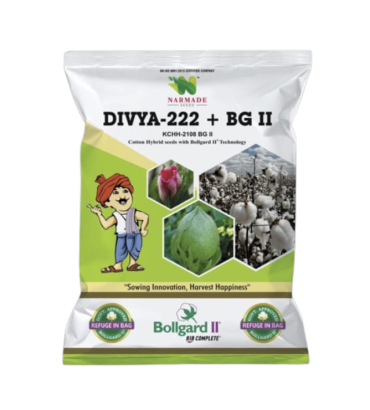Here are some key points about cumin seeds:
1. Plant Description:
- Cumin is an annual flowering plant that belongs to the parsley family (Apiaceae).
- It produces small, elongated seeds that are used as a spice.
2. Culinary Uses:
- Cumin seeds have a warm, earthy, and slightly citrusy flavor, making them a crucial ingredient in many dishes.
- They are often used in spice blends, curries, stews, soups, and various traditional dishes.
3. Nutritional Content:
- Cumin seeds are rich in nutrients such as iron, manganese, calcium, magnesium, and phosphorus.
- They also contain vitamins like A, C, E, and various B vitamins.
4. Medicinal Uses:
- In traditional medicine, cumin has been used for its potential health benefits.
- It is believed to aid digestion, alleviate digestive discomfort, and have anti-inflammatory properties.
5. Culinary Applications:
- Cumin seeds can be used whole or ground, depending on the culinary application.
- They are often dry-roasted before use to enhance their flavor.
6. Global Culinary Presence:
- Cumin is a staple in various cuisines, including Indian, Middle Eastern, Mexican, and North African cuisines.
- It adds depth and warmth to both savory and some sweet dishes.
7. Cumin Oil:
- Cumin seeds can be cold-pressed to extract cumin oil, which is used for culinary and medicinal purposes.
8. Cultivation:
- Cumin is cultivated in regions with a warm climate and well-drained soil.
- It is an important crop in countries such as India, Iran, Syria, and Turkey.
9. Regional Varieties:
- Different regions may have specific varieties of cumin with unique flavor profiles.
- The taste and aroma of cumin can vary depending on the growing conditions.
10. Seeds and Ground Cumin:
- Cumin seeds can be used whole, crushed, or ground into a powder.
- Ground cumin is often more convenient for certain culinary applications.







There are no reviews yet.